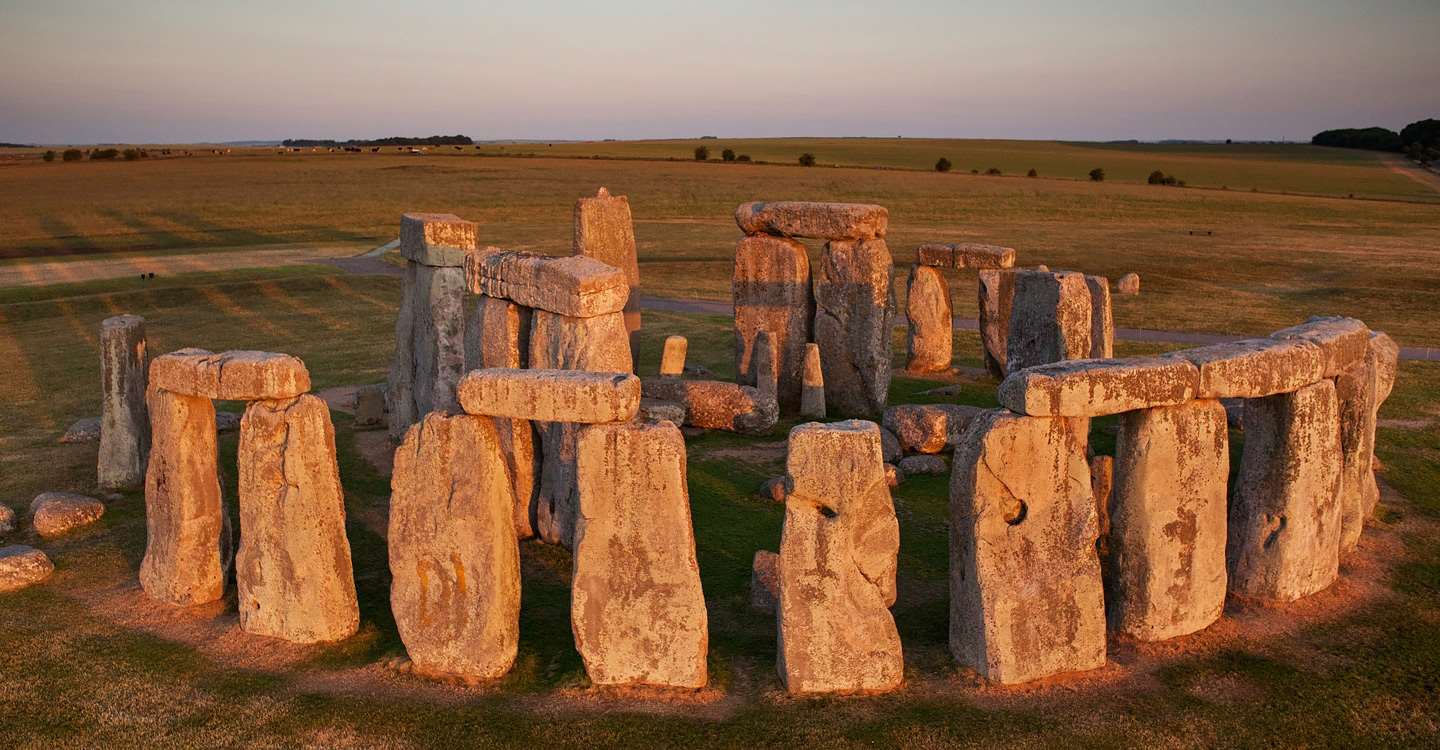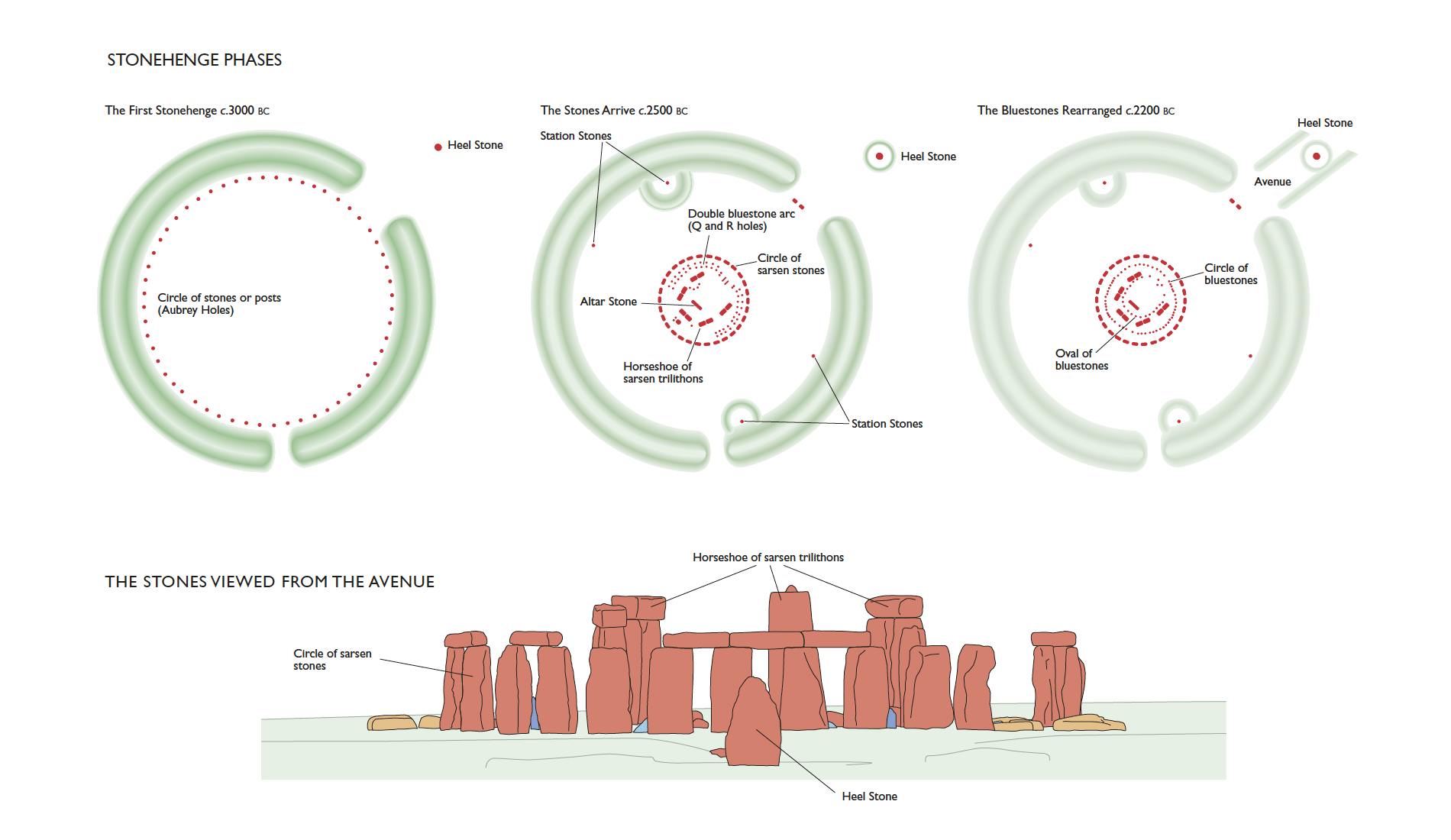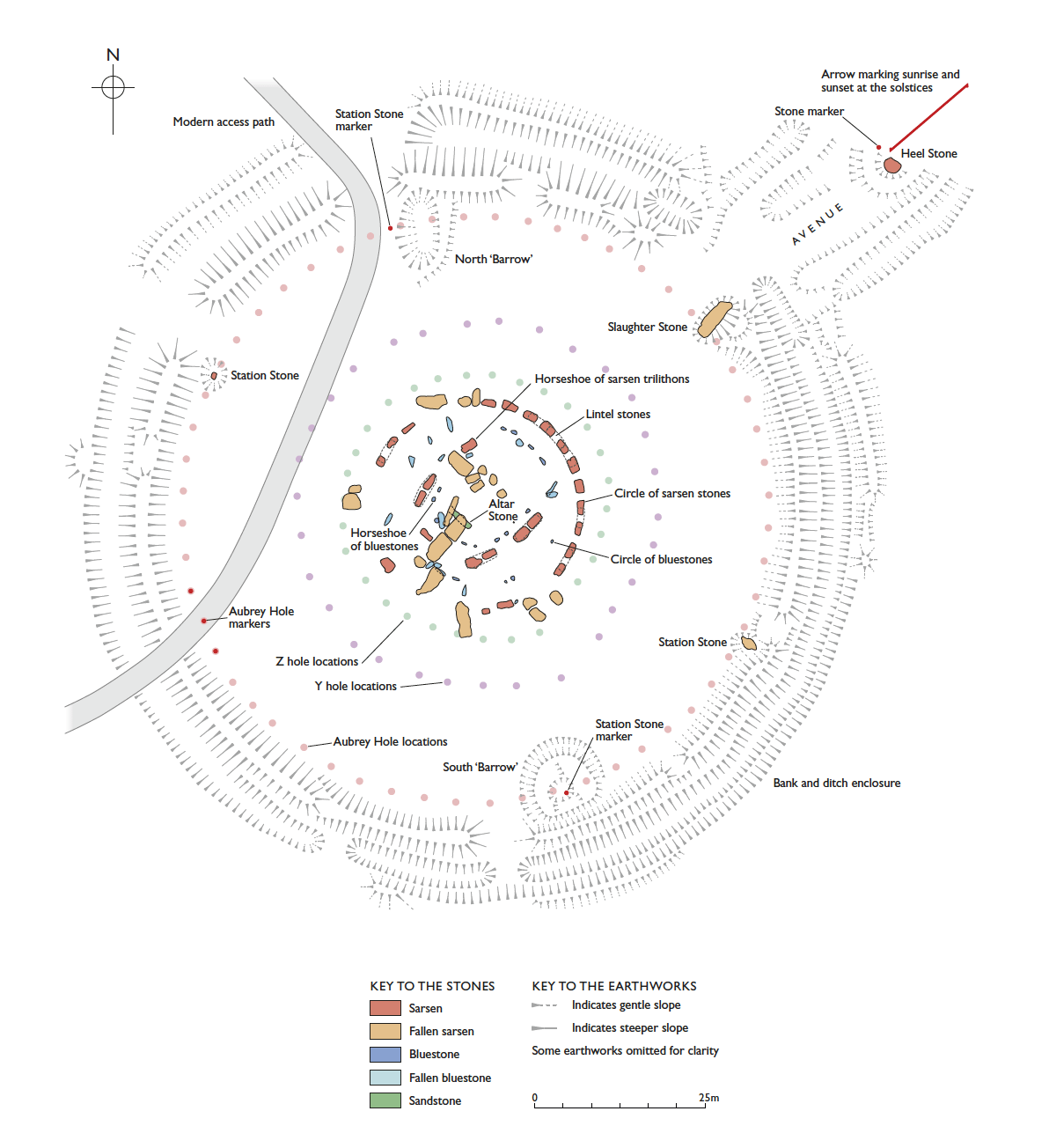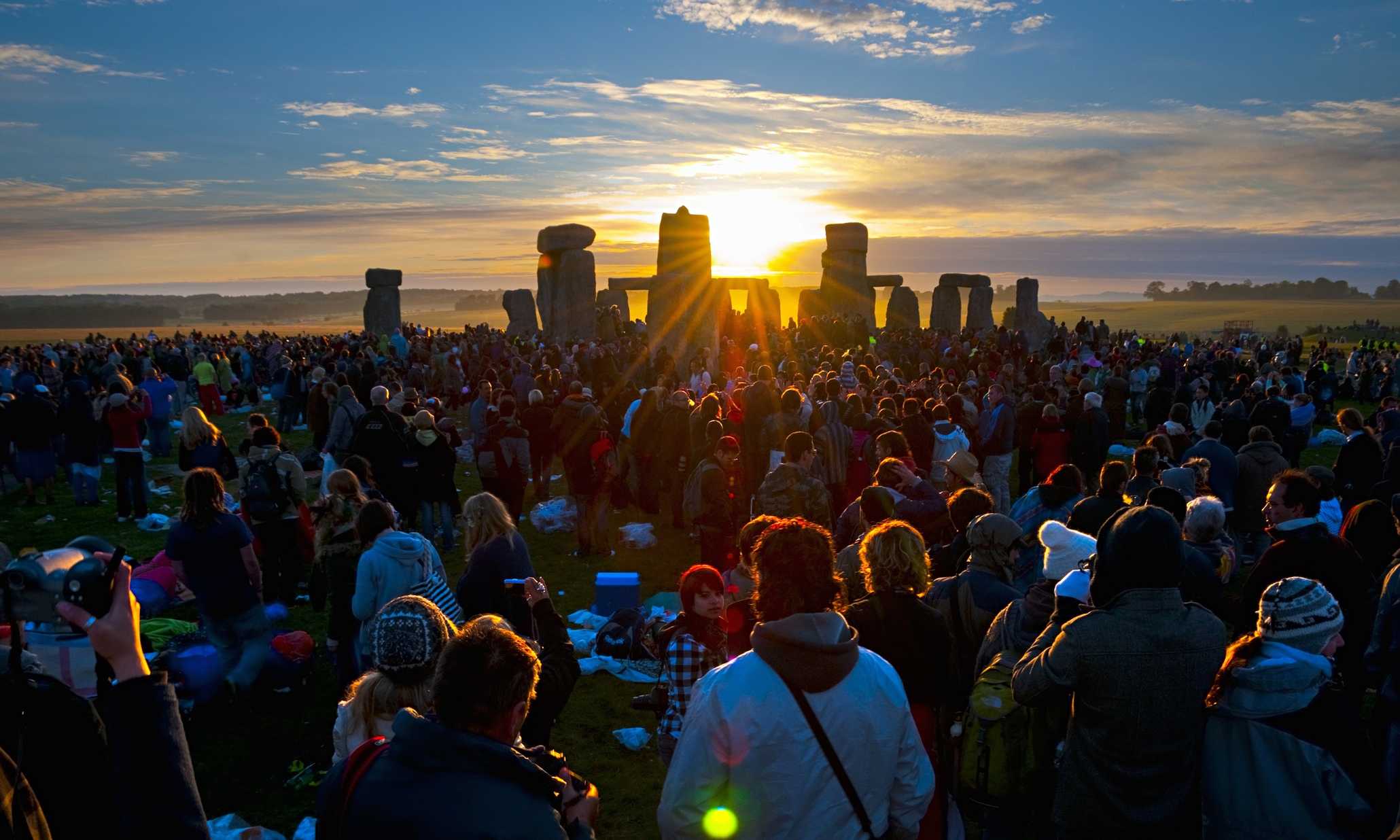We here at worn&wound are used to constantly thinking about time–after all, timekeeping is our business. However, the way in which most of us usually think about time is pretty limited. While mechanical and quartz watchmaking are obviously our most immediate, intimate connection to time in the modern world, man’s relationship with time far precedes the advent of the mechanical clock. As the great American poet Delmore Schwartz wrote, “Time is the fire in which we burn,” and that fire has been burning since the dawn of the universe.
In this new series, “Time Off the Wrist,” we’ll be taking a look at some of the more unusual ways time has been kept through the ages–both clocks and otherwise.
It’s a well-established fact that many ancient structures were built to align with the sun during the solstices. The Great Pyramids of Giza, for example, are precisely lined up to measure the changing of the seasons, but very few of these recorded time with any more accuracy than this. However, one of the most mysterious monuments of antiquity not only tracked the solstices, but it also kept a complete set of solar and lunar calendars as well. That monument, the famous Stonehenge in Wiltshire, England, was perhaps the most accurate timekeeper of the ancient world.
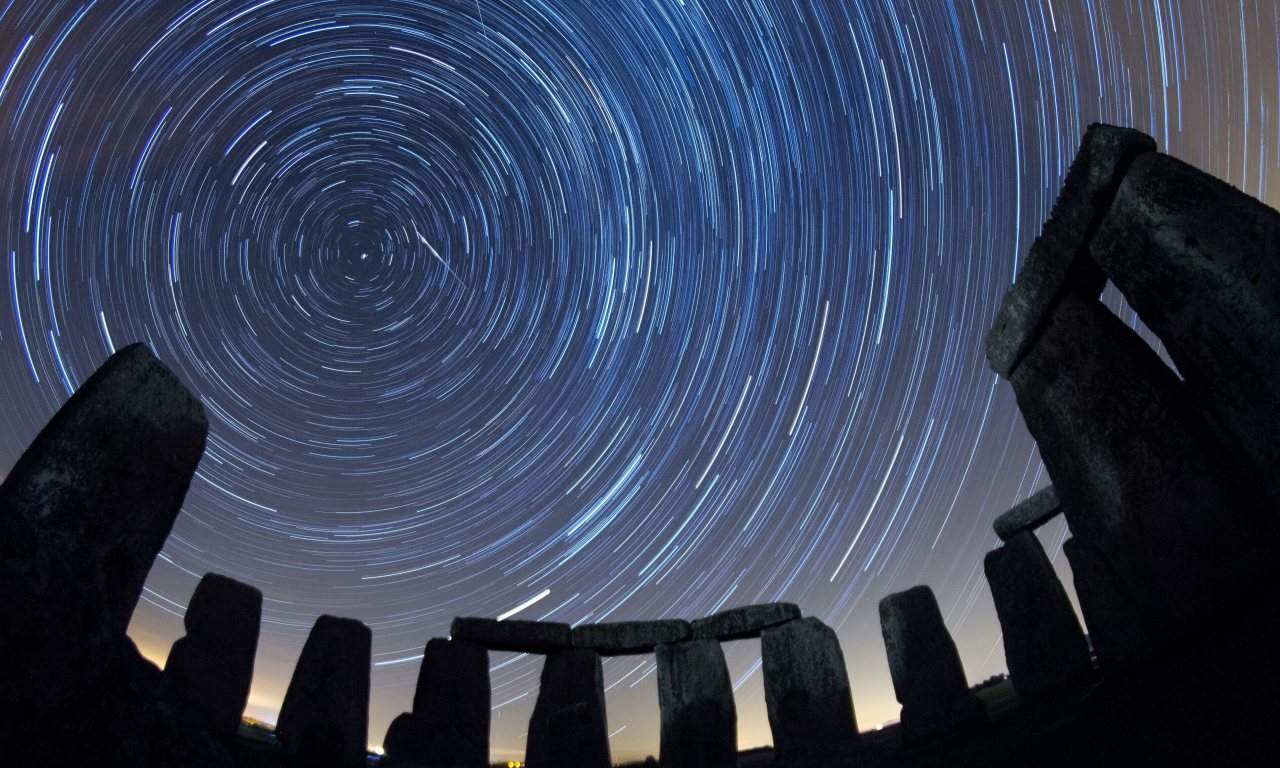
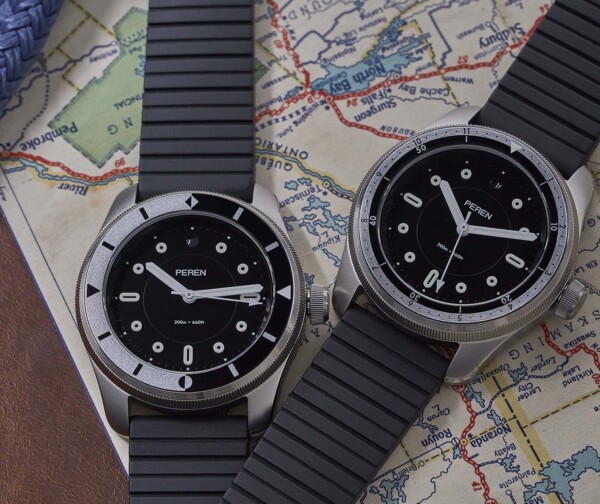




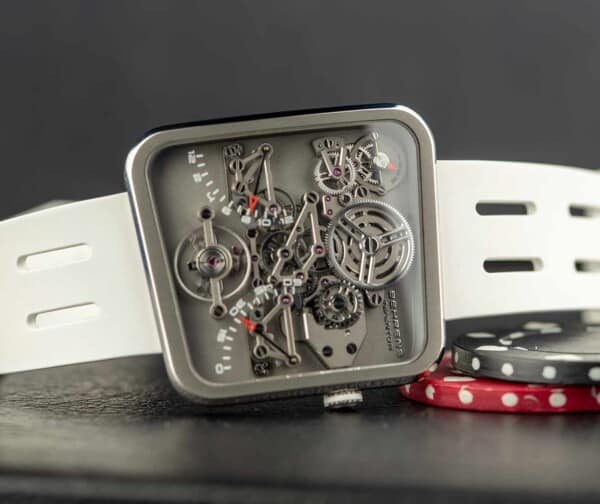



 Featured Videos
Featured Videos




